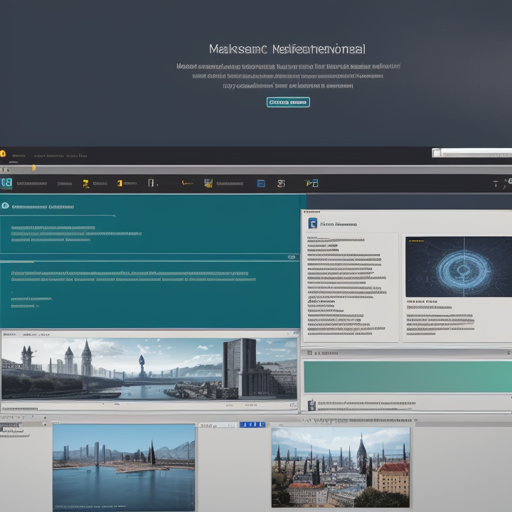In this article, we’ll guide you through the process of using the Catalan-German translation model implemented in OpenNMT. This model is particularly designed for low latency, making it optimal for rapid translations. Let’s dive in!
Setting Up the Environment
Before you can start translating, you’ll need to install the necessary dependencies. This can be done easily using pip. Here’s how:
pip3 install ctranslate2 pyonmttokPerforming Translation Using Python
Once you have your environment set up, you can proceed with the translation process. Below is the code that you will need:
import ctranslate2
import pyonmttok
from huggingface_hub import snapshot_download
model_dir = snapshot_download(repo_id="softcatalan/translate-cat-deu", revision="main")
tokenizer = pyonmttok.Tokenizer(mode="none", sp_model_path=model_dir + "sp.m")
tokenized = tokenizer.tokenize("Hola amics")
translator = ctranslate2.Translator(model_dir)
translated = translator.translate_batch([tokenized[0]])
print(tokenizer.detokenize(translated[0][0]['tokens']))Breaking Down the Code Like a Recipe
Let’s use an analogy to better understand the code. Think about making a special dish with a unique recipe. Each ingredient has a specific purpose, much like the components of this code:
- Imports: Just as you gather your ingredients (like salt, herbs, and spices) before cooking, you begin by importing the necessary libraries.
- Model Directory: Downloading the model is like finding your special recipe book that tells you how to create the perfect dish. Here, you get the translation model you’ll be working with.
- Tokenization: Think of this as chopping your vegetables. Tokenization divides your input text into smaller, manageable pieces (tokens) that the model can understand.
- Translation: Finally, using the translator is like cooking the ingredients together to create your dish. It combines the tokens and outputs the translated text.
Benchmarks of the Translation Model
The effectiveness of the translation model can be evaluated using benchmarks. Here are some scores to consider:
- BLEU Score: 28.5 (test dataset from traindevtest)
- BLEU Score: 25.4 (Flores200 dataset)
Troubleshooting Tips
Even the best chefs encounter issues at times! Here are some tips if you run into problems:
- Dependency Issues: Double-check if all the required libraries are installed. You can try reinstalling them.
- Model Directory Errors: Ensure that the model directory is correctly set up and the snapshot download completed successfully.
- Tokenization Problems: If tokenization doesn’t work properly, check if the input text is valid. Input any text in Catalan to see if the model can handle it.
- Translation Issues: If the translated output doesn’t make sense, try simplifying the input text or using different sentences.
For more insights, updates, or to collaborate on AI development projects, stay connected with fxis.ai.
Additional Resources
If you’re looking for more information, you can check out the following repositories:
At fxis.ai, we believe that such advancements are crucial for the future of AI, as they enable more comprehensive and effective solutions. Our team is continually exploring new methodologies to push the envelope in artificial intelligence, ensuring that our clients benefit from the latest technological innovations.

